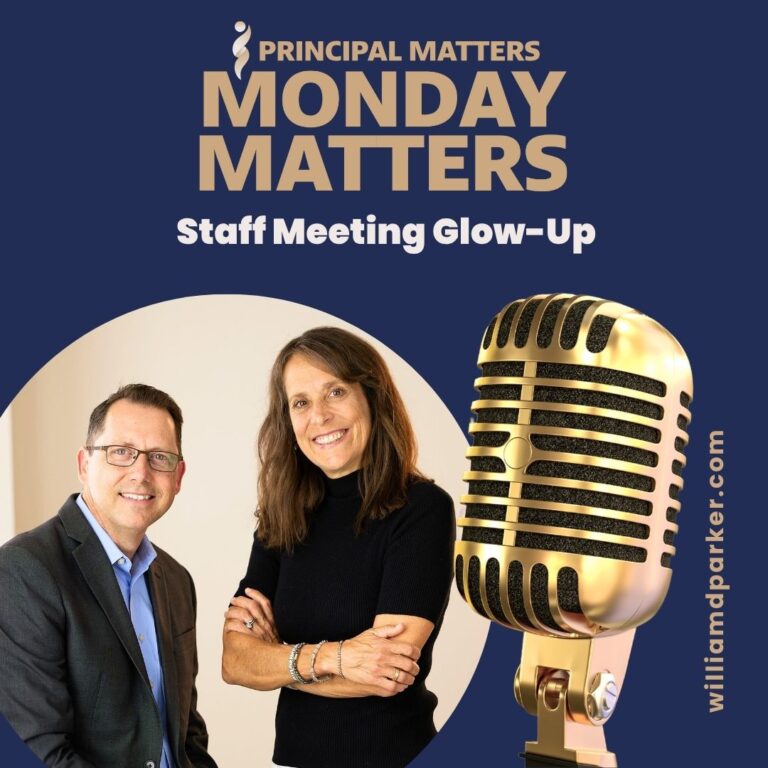A few years ago, I was talking to a teacher about a student she had volunteered to mentor.
The young lady had had a difficult past, and the teacher had confided in me that some of their meetings had been challenging. While I was encouraging her to keep up the good work, at the same time, I wanted to prepare her for the reality of mentoring.
“Don’t be surprised,” I said, “when you are disappointed.”
“That’s not very encouraging,” she replied with a perplexed expression.
I went on to explain to her how important it is to expect, not be surprised by conflict, and we talked about the actions to keep taking in the face of disappointment.
Every educator faces a time when a student disappoints them. When it is one with whom you have invested a lot of time, it can even be painful. What are some practical ways to deal with challenging students? Here are seven:
1. Treat them with dignity and respect.
This goes without saying, but it is a good reminder that challenging students and non-challenging ones alike respond well when they sense they are valued and significant.
As a classroom teacher, I used to begin my classes by saying, “I am glad you are here today.” Inevitably, a student would ask, “Why do you say that each day?”
I would explain, “Because you could choose to be anywhere else. You don’t have to follow the law, obey your parents, or stay in school if you choose otherwise. But you have chosen to be here today, and I am glad you did.”
Treating others with dignity doesn’t mean being a push-over, but it does mean finding a way to show them that they are valued. When the time comes for you to offer correction or assign discipline, they also will know you care about them.
2. Don’t take challenges personally or make them personal.
As you are establishing connections, routines, lessons, etc., stay focused on the tasks at hand and don’t take it personally when a student becomes challenging. It doesn’t mean that you don’t express disappointment or correct them, but do so in a way that addresses the behavior and is not a judgement on them as a person.
3. Be consistent.
Sometimes the temptation is to escalate a challenging moment by fighting fire with fire. Usually, that will just create more combustion. Instead, focus on the purpose at hand. If it is a specific lesson, then stay focused on the lesson. Students thrive when they know what to expect, so stay consistent in the way you handle interactions, consequences, and follow-through.
4. Be human.
Sometimes students learn better when they see you as a person, not just an educator. Again this does not mean sacrificing instruction. One year I decided to use a common personal theme in grammar and punctuation practices: I included references to frozen custard.
When I needed to create a classroom sample, for instance, I would find ways to work in how much I love frozen custard. My students thought it was silly, they paid attention and learned, and I started getting free frozen custard treats from the local custard shop for sending unsolicited customers.
5. Be professional.
No matter how much you try to connect with students, you are always an educator, so don’t cross the line into becoming too familiar or chummy. They are your students, not your peers. When your goal is good instruction, reaching those goals is the driving motivation for your time together. When confrontations occur, you still address them with firmness, fairness, and consequences while staying focused on learning.
6. Provide necessary resources and support.
Ruby Payne explains eight resources every student needs to be successful:
o Financial resources
o Emotional resources
o Mental ability and acquired skills
o Spiritual guidance or purpose
o Physical health and mobility
o Support systems, i.e. friends, family, and available backup resources
o Relationships/ Role Models
o Knowledge of hidden rules (knowing unspoken cues and habits of a group).
Source: A Framework for Understanding Poverty
Students who are “at-risk” are typically missing one or more of these essentials supports. Students who thrive typically have all eight.
Although you are unable to provide all of these supports, you can be an advocate for them to find the ones you can’t directly provide. You can especially provide the role model support all students need in order to thrive.
7. Accept the outcome.
At the end of the day, you have to accept that you cannot control all outcomes. This is a hard pill to swallow for a lot of educators. But it is also reassuring to know that you do your best and trust God for the parts you can’t control.
One good example of this was a boy we worked with over a four year period during high school. He was from such a dysfunctional background that he ended up in inpatient facilities, drug rehabilitation, military academy, and even incarcerated before finally choosing a healthy path for himself.
His school counselor and I would often celebrate and then grieve over each chapter of his life. He eventually found a successful path to finishing school and good career in the military.
Not all stories have a happy ending, though, and you must learn to accept the parts you can’t control. In his case, I had to learn that lesson over and over again.
Conclusion:
No matter how much progress you make in working with students, you will have a day where a situation blows up, and a student disappoints you. When that happens, stay consistent and firm. Deal with the defiance or disappointment with appropriate consequences or discipline. Accept the disappointment and move on.
But then choose to keep on pouring into those students, and keep finding ways to help them be successful. Students need to know you still believe in them even when they disappoint you.
Some people call what I have described as taking two steps forward, one step back. I call it treating others as you would want to treated yourself.
If we are all completely honest with ourselves, we must admit that we have received more support, encouragement, and guidance than we deserved. So it’s time to pay-forward by showing the same concern to our students.
Now It’s Your Turn:
What are some other suggestions you have for dealing with challenging students or the disappointment that comes when a student lets you down or “turns” on you?
Subscribe For Free Updates
Want to read more insights on school leadership? Subscribe to receive my weekly posts from WilliamDParker.com? Visit here for information on how you can sign up and receive weekly updates!




